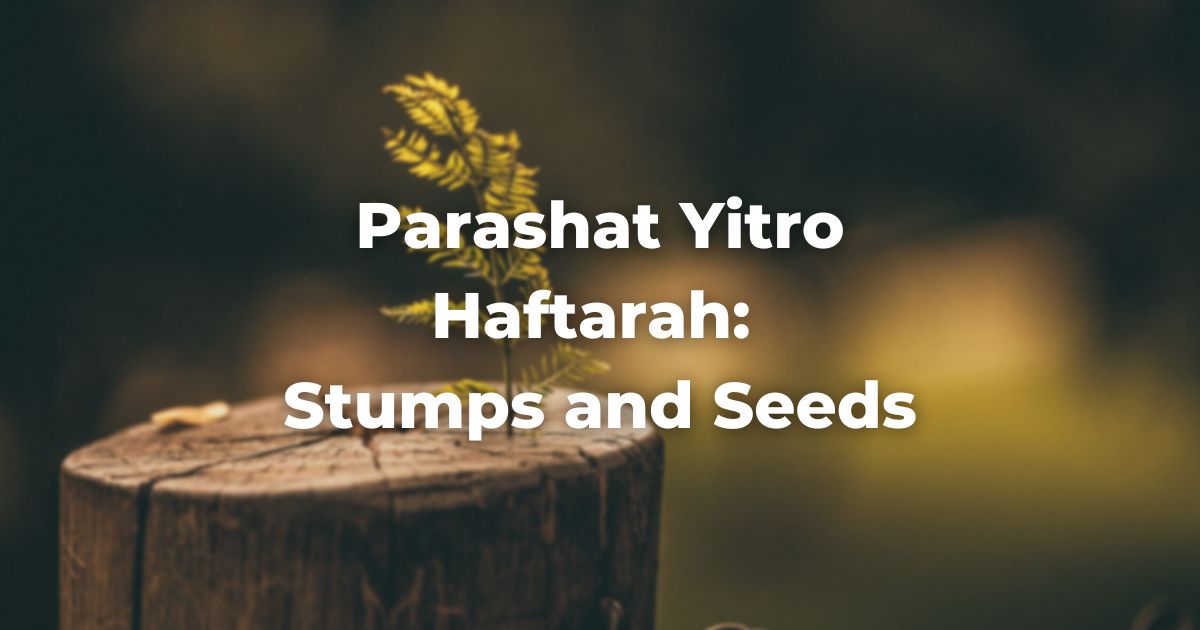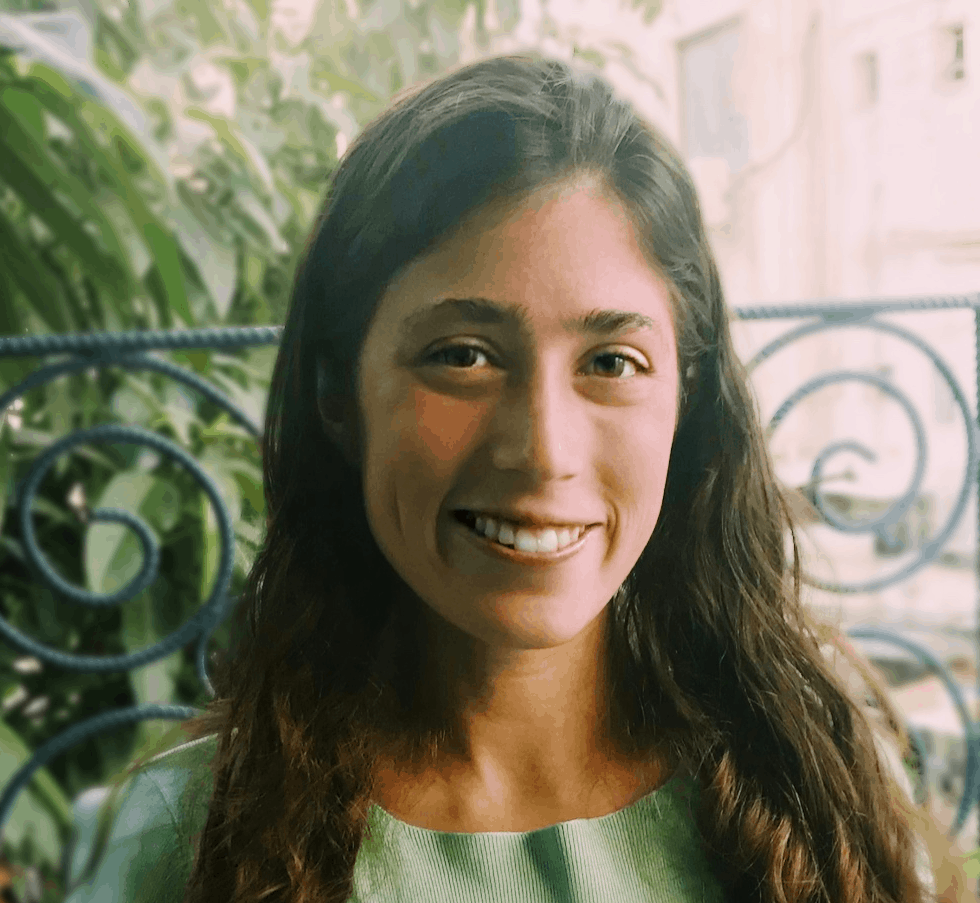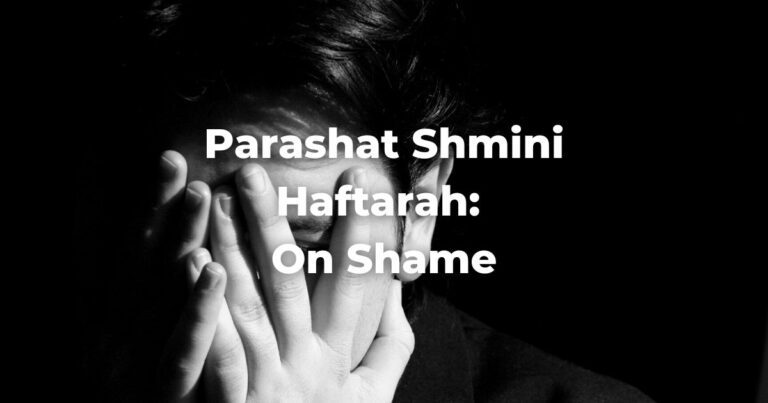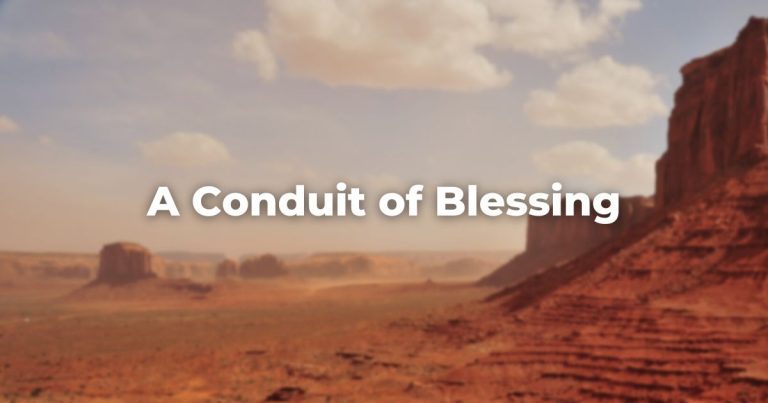One of the recurrent themes in the TanakhAn acronym for the name of the Hebrew Bible: Torah, Neviim, and Ketuvim. Read more is the promise of regeneration after near complete destruction.
It’s a necessary theme—we experience near total destruction over and over again.
Not only do we have to believe that times will get better, times also do consistently get better before they get worse.
The Destruction-Regeneration Spectrum
This week’s haftarah portrays that elegantly. We read this week of the call of Isaiah to be a prophet. It’s strikingly similar to the call of many other prophets, including the call of Moses. They both protest, claiming to be unworthy and unsuited to the task before being reassured by God that God will be with them.
But Moses and Isaiah are located on opposite ends of the destruction-regeneration spectrum. Moses leads the people out after near destruction. Isaiah prophesies the coming terrible destruction to a people who are doomed not to heed his word.
The final image of the chapter is striking. We read, as translated by Robert Alter:
“And the LORD shall drive man far away and abandonment grow in the midst of the land. And yet a tenth part shall be in it and turn back. And it shall be ravaged like a terebinth and an oak which though felled have a stump within them, the holy seed is its stump.”
It’s a typical image of regeneration following destruction. Israel is represented as a tree which has been cut down, only the stump remaining. Yet a tree can send up new trunks out of its felled stump, so long as the root system is intact.
Likewise, Israel will create a new version of itself after the majority of the people have been wiped out.
This Cycle as a Tree
Another possible translation, as suggested by Rashi, presents an image of a tree casting away its leaves, with only the trunk left behind. In this image, destruction is more natural and also more positive.
The holy seed is found through the necessary process of casting away the frivolous surroundings. Nothing good was harmed in the discovery of the holiness.
Shel Silverstein also created a striking image of a stump.
In the finale of his book for children, The Giving Tree, after a tree who loves a boy has given him everything she had, nothing of the tree remains except for the stump.
The boy, grown now to an old man, returns to the tree to sit and rest on the stump.
“And the tree was happy.”
Here, there is no future, no next step. The boy and the tree have grown old together, reduced each other to nothing. And there is nothing more to give, nothing more to come from either of them. The stump, at least, is happy.
Perhaps, reading Isaiah and The Giving Tree in light of each other, we can make sense of both of them.
The Giving Tree has given of herself so completely that she nearly ceases to exist. But there is an existence as a stump. Sometimes, it is when we are reduced past any point we thought was possible, that we discover what our essence is, that we can decide to be a holy seed.
See more: Parashat Yitro
Originally posted as part of the Conservative Yeshiva at the Fuchsberg Jerusalem Center’s Torah Sparks. Support TorahRefers to the first five books of the Hebrew Bible, the Tanakh, also called the Five Books of Moses, Pentateuch or the Hebrew equivalent, Humash. This is also called the Written Torah. The term may also refer to teachings that expound on Jewish tradition. Read more learning from the Fuchsberg Jerusalem Center/Conservative Yeshiva for leaders and seekers around the world here.
Authors
-

Bex Stern Rosenblatt is the Conservative Yeshiva’s Faculty-in-Residence for the Mid-Atlantic Region of the United States, teaching Tanach, using the techniques of close-reading, theater, feminist readings, and traditional commentators. Bex also directs the CY’s recruitment efforts in North America. After finishing her B.A. in History and German at Williams College, Bex received a Fulbright Grant to Austria. She later earned an M.A. in Tanakh from Bar Ilan University and has also studied at the Conservative Yeshiva and Bina Jerusalem. Bex is the founder of HavrutaA study partner. A hevruta is more than just a ‘study buddy’ it is a serious and personal relationship between colleagues. Also spelled: Havruta Read more Tel Aviv, an organization that facilitates guided pair-learning of the Tanakh.
View all posts -


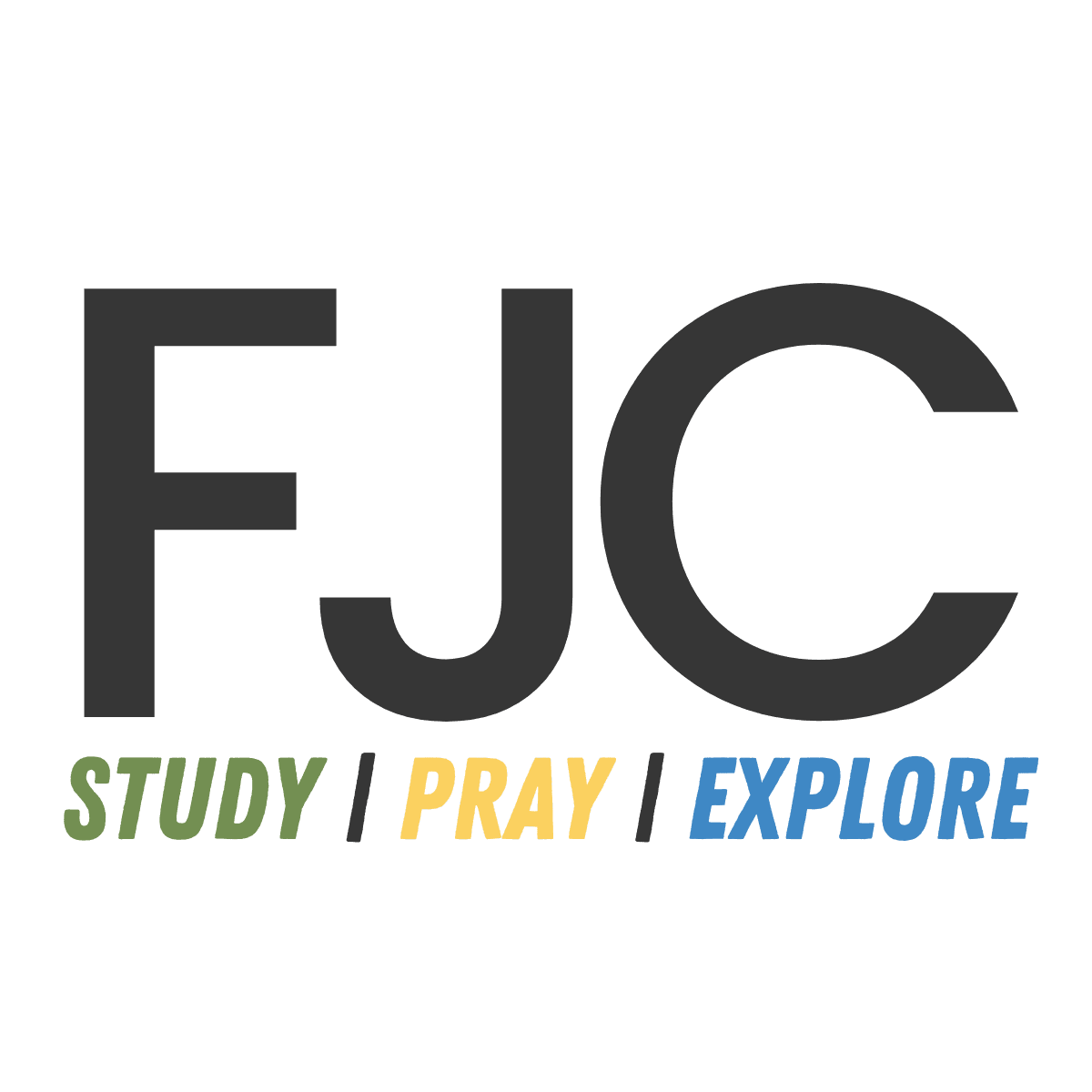
The Fuchsberg Jerusalem Center (FJC) is a home in the heart of Jerusalem where leaders and seekers can find an authentic place in Jewish tradition to call their own. FJC offers opportunities to study, pray and explore within an egalitarian and inclusive setting, creating multiple pathways for finding personal and communal meaning.
View all posts

